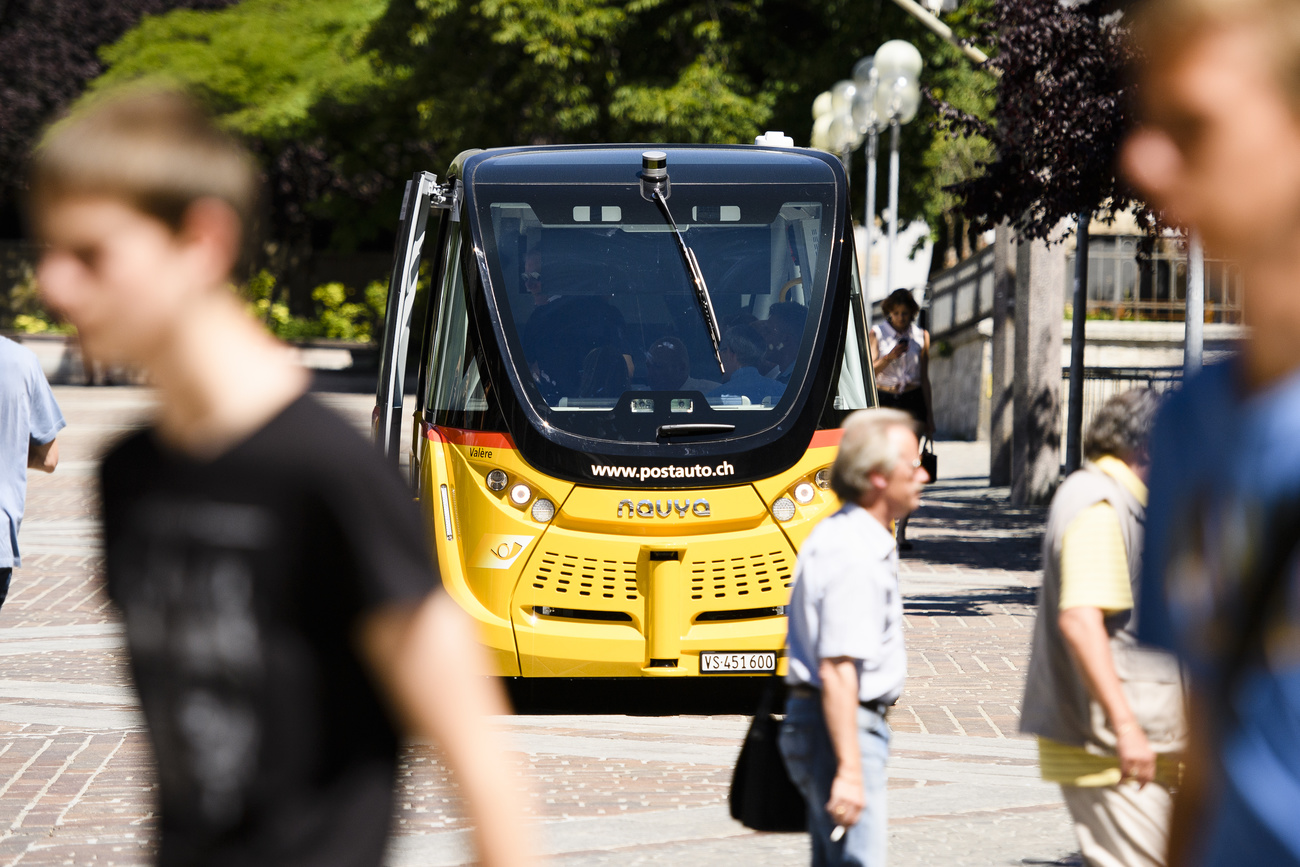Syrian rebels have stockpile of anti-aircraft weapons

A just-released report from the Geneva-based Small Arms Survey shows that hundreds of portable anti-aircraft weapons are currently in the hands of rebel groups in Syria and risk falling into terrorist hands.
The reportExternal link finds that armed groups in Syria have acquired at least eight models of so-called MANPADS, or man-portable air defence systems, most of which were designed and/or manufactured in China or Russia. Three of those models had not been seen outside of government control before they were seen in Syria.
But study author and Small Arms Survey Senior Researcher Matt Schroeder tells swissinfo.ch it’s impossible to know how they ultimately came into rebels’ possession.
“The path to Syria can be quite circuitous,” he says. “Unless you have a fairly robust paper trail, which we don’t have, identifying the government or trafficking networks that provided the weapons really isn’t possible.”
The report cites Sudan, Qatar and Saudi Arabia as likely sources for MANPADS smuggled into Syria but says their origins are far from certain.
According to Schroeder, social media channels like YouTube, Facebook and Twitter proved key to documenting the makes, models and origins of the weapons, especially given the lack of journalists and human rights workers on the ground who normally help provide such information. And using social media does have certain advantages over journalistic or government sources, he says.
“What’s beautiful about social media and file sharing websites like YouTube is the imagery. Journalists often aren’t experts in weapons and so descriptions in print sources are often vague or erroneous. Images helps us confirm the [weapon’s] type and model, when it was made and where it came from.”
‘Fire and forget’
According to the report, most of the MANPADS in Syria are shoulder-fired and contain a missile in a launch tube, a launcher and a battery, weighing between 15 and 19 kilogrammes in total. And, most of the weapons are of a type known as ‘fire and forget’, meaning they guide themselves to their targets.
The Russian government has claimed that Syrian armed groups have access to a certain type of MANPAD made in the United States. However, the Small Arms Survey found no evidence of such weapons in Syria, known as Stinger missiles.
Terrorist threat
Although the report cites evidence that many of the MANPADS in rebel hands may be old or inoperable, it also states that fact could cause more anti-aircraft weapons to be smuggled into Syria as rebel groups seek newer and better models. And, Schroeder cautions that it doesn’t take many weapons to pose a terrorist threat.
“In the hands of trained terrorists with global reach, even a few missiles pose a potentially catastrophic threat to commercial aviation,” he writes.
“It’s very difficult to quantify the risk because so little is known about tracking these weapons and they’re so numerous that it’s almost impossible,” says Schroeder.
The Small Arms Survey report was commissioned in late 2013 and required months of intensive research relying largely on the work of Eliot HigginsExternal link, a citizen investigative journalist who analyses Syrian weapons using social media and goes by the moniker “Brown Moses”.
Since then, Malaysia Airlines flight 17 was shot down by a surface-to-air missile over Ukraine and, on Tuesday, the United States Federal Aviation Administration closed Syrian airspace to American commercial airlines. However, Schroeder says the report’s release was not meant to directly react to nor influence those events.

In compliance with the JTI standards
More: SWI swissinfo.ch certified by the Journalism Trust Initiative











You can find an overview of ongoing debates with our journalists here . Please join us!
If you want to start a conversation about a topic raised in this article or want to report factual errors, email us at english@swissinfo.ch.